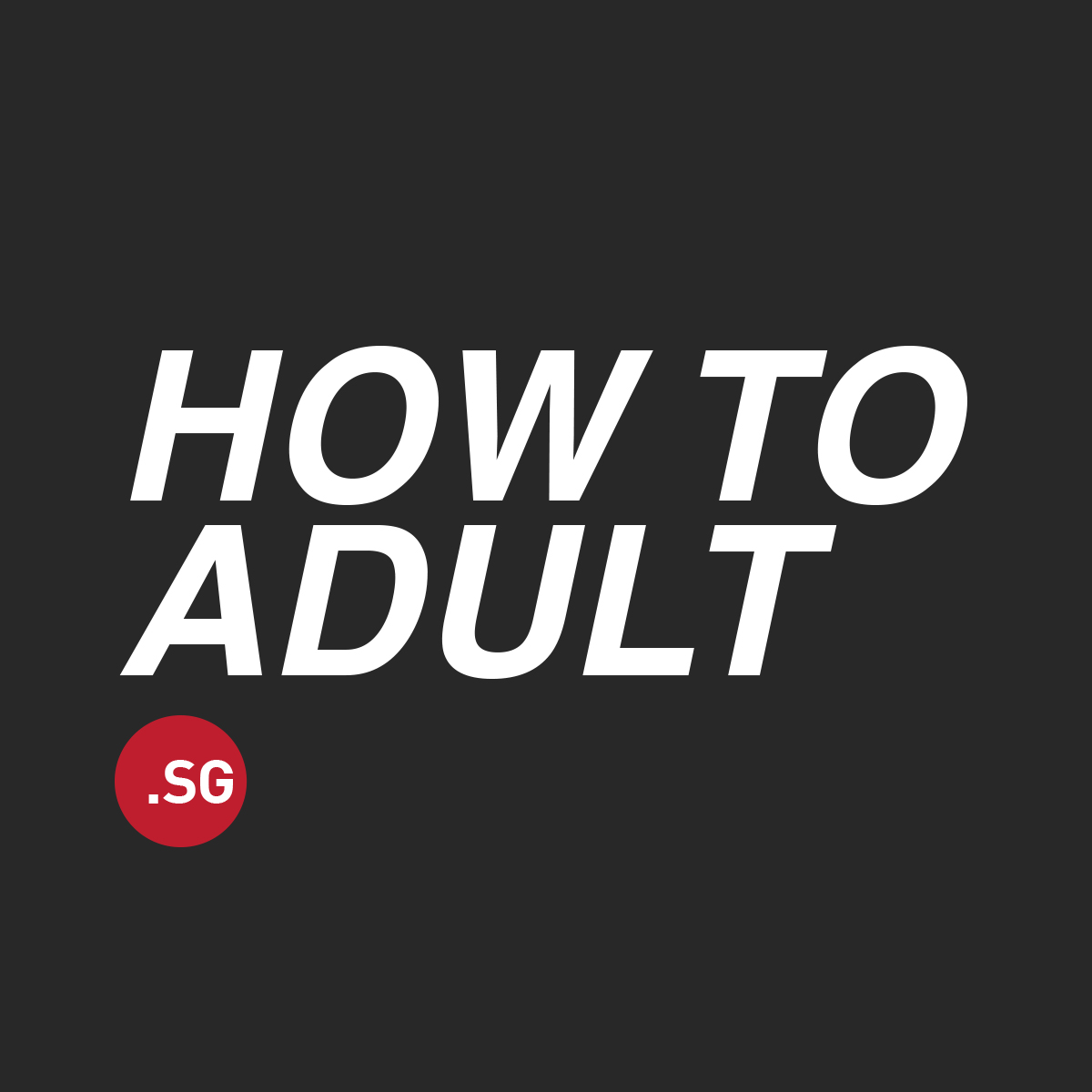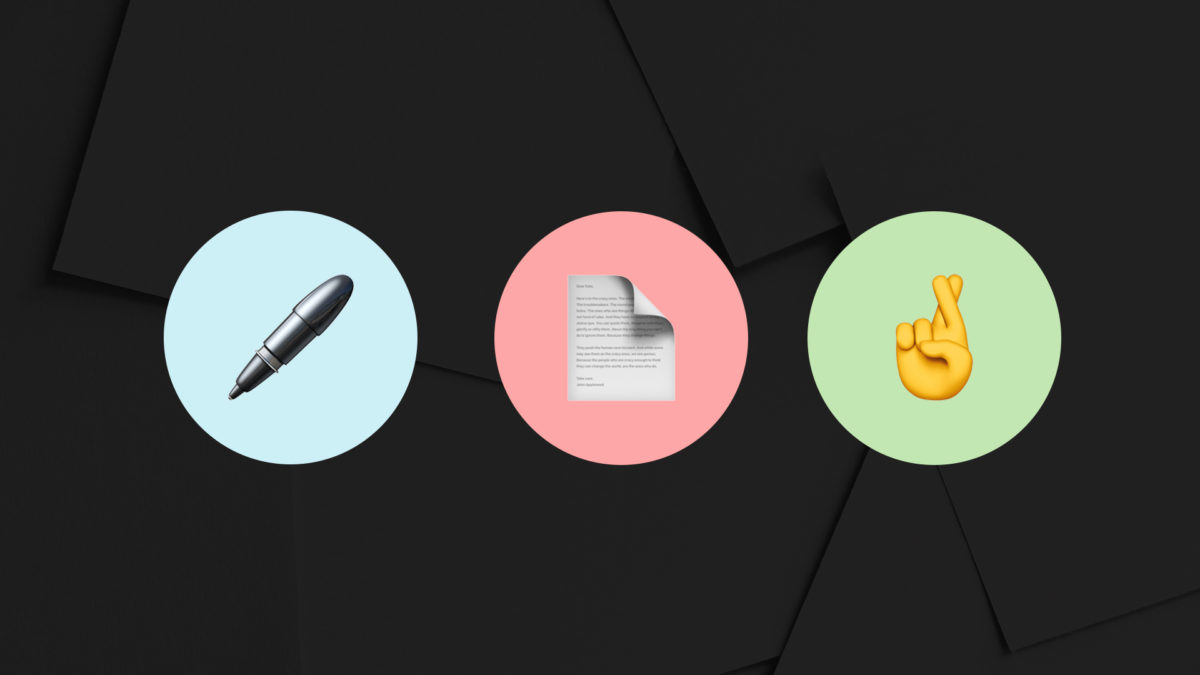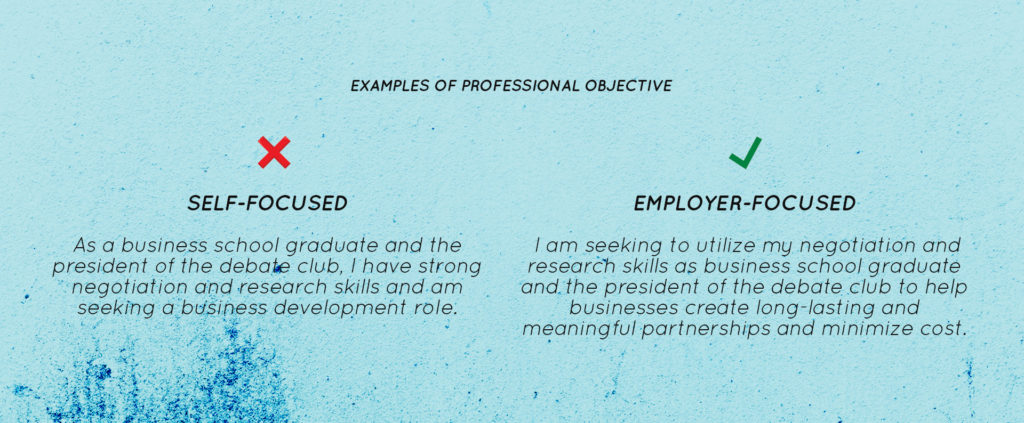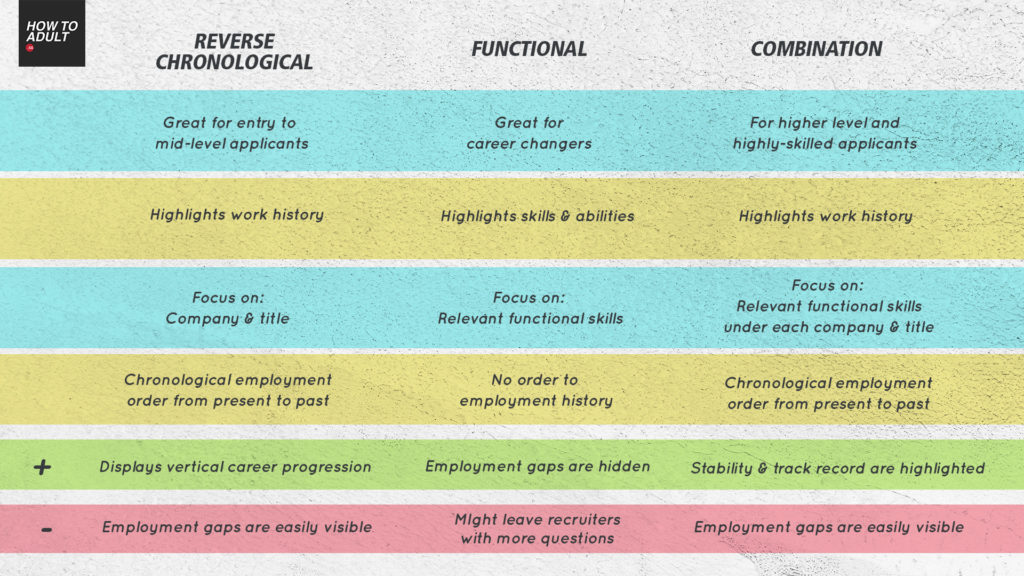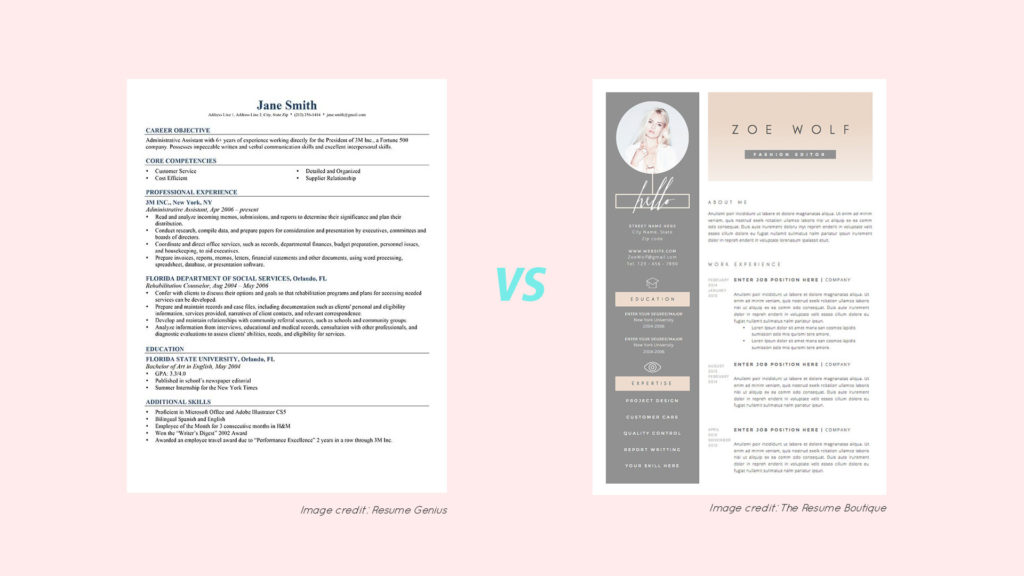There is no BEST way to write a resume. A quick google search quickly shows you a thousand ways to go about it. However, there are ‘wrong’ ways to do it like there are bad tinder descriptions and both result in dead silence. Just treat your resume like a love letter. The more heart you put into it (along with a decent dose of common sense) the more likely you’ll hear back from your recipient.
Below we’ll cover everything you’ll need to have a decent resume. From best practices to formats, this article has been vetted and approved by HR professionals so you know you’re in good hands. So let’s get started!
But first, Curriculum Vitae (CV) or Resume?
It is common to hear the term CV and Resume used interchangeably in Singapore, but they really mean different things altogether. Curriculum Vitae is Latin for “course of life.” and resume is French for “to sum up”.
In Singapore’s context it might be used interchangeably but more often than not, you are writing a resume and not a CV.
Step 1: What information to include?
1. Your Name + Photo (Optional)
It is highly subjective even among hiring managers and the HR industry whether we should insert a headshot or not. It really depends on your preference. If you do decide to include your photo, here’s what you should take note of:
- Do not use your passport photo or your #wanderlust Facebook profile picture
- Look confident but relaxed, it’s not your passport photo!
- Tailor it for your profession: Wear a shirt/suit if you’re working for a corporate style MNC, wear something more relaxed and comfortable if you’re applying to SMEs and start-ups.
2. Contact information
Include your mobile phone number, email address, LinkedIn profile URL or personal website/portfolio URL (if any).
3. Professional Objective (if you do not have any industry experience)/ Professional Summary (if you have relevant experiences from internships/ projects/ CCA)
Before you dive into your education and employment history, it’s good to let hiring managers know your motivations and what you can bring to the company.
Frankly speaking, this is the trickiest part because in just 2 to 3 lines, you’ll have to align your objectives and strengths to your employer’s needs. However, if it’s customized to be employer-focused and not self-serving, it can put you ahead of the competition.
When describing your professional experiences and involvements
- Use action verbs to describe your experiences
- Improved, Increase, Planned, Launched, Led, Empowered, Enabled, Reduced, Saved, Managed, Optimized, Executed, Developed, Designed, Produced, Initiated, Achieved, Collaborated, Coordinated, Created, Integrated, Planned, Maximized, Directed, Innovated
- Match verbs to some of those used in the job description.
4. Education background
If you are a diploma or degree holder, there is no need to include your pre-tertiary education information. You should include your GPA if it is a decent one.
5. Relevant professional experiences.
Highlight past-internships or part-time roles and how the skills or experiences attained on the job relates to the job description the hiring manager posted.
6. Other involvements / Co-curricular activities.
Try to be selective and not insert list every club you’ve ever joined. Ideally, include co-curricular activities where you held leadership roles or mention them if they are relevant to the job you’re applying for.
7. Skills / Certifications (optional).
Be selective of the skills that you might want to list down, There are many skills that are a given, like being able to use Microsoft Office Suite, and putting it down might do you more of a disservice.
Many resume templates also come with the scale rating of your skills, be mindful that it is “ownself rate ownself”. The scales are arbitrary and impossible for recruiters to know how skilled you are. If you think you are competent in certain software or skills, you might want to indicate plainly that you are an expert or (at least) intermediate level.
Show don’t tell – certifications, portfolios or descriptions of accomplishments are always better in demonstrating your skills.
8. References.
List two references of professionals (ideally relevant to the job) who have a good impression and understanding of your capabilities. As a start, you can always list superiors you’ve worked for on internships or even your professors/lecturers. When listing references, be sure to ask for their permission and let them know you’d like to have them as your references first!
Step 2: Formatting the resume
There are 3 standard formats: (i) reverse chronological resume, (ii) functional resume, (iii) combination resume.
For fresh graduates, reverse chronological resume is usually the format you’ll need.
Formatting Best Practices
- For reverse chronological format, list your information from the most recent to the oldest. It is advisable to put a date to the individual experience with month and year (i.e. February 2016 – April 2018)
- Use point form
- Keep your Typefaces readable and simple: Arial, Times New Roman, Helvetica are some fonts that will work.
- Use a style that works for your industry. An application for a job at a bank will look very different than one for a fashion editor. There is more leeway in the creative industries to demonstrate your creativity through your resume. Regardless, the information required in the resume should be more or less the same.
Always save in PDF
No matter what programme you edit your resume in, you should always save or export your resume in PDF. It is the most universally accepted format.
Step 3: Sending out the resume
Even with a stellar resume on hand, it’s probably not going to work if you step on toes when reaching out to hiring managers. Here are some tips:
Cover letter
- Always include a cover letter as it allows you to tailor your message and showcase your personal tone. Express your reasons for joining the company and how you think you can contribute. Remember, companies hire employees for one reason only: to solve problems.
- Try to keep it within a few paragraphs as the hiring manager probably has to screen through hundreds of applications.
But where do you place your cover letter?
- If you are submitting your job application electronically or via email, we recommend putting your cover letter in the PDF with your resume and not written in your email body.
- This ensures that your cover letter gets passed along with your resume and not dropped when hiring managers or recruiters hand your applications over to the relevant superiors.
- Do not repeat your cover letter both in the email and the PDF.
Email etiquette

- Send out individually. Mass applications are insincere and obvious.
- Take the time to search for the name of the hiring manager.
- You really don’t have to suck up.
- The key is to be professional and polite. Hiring managers receive plenty of pleasantries and niceties everyday. Keep your email short and sweet, your cover letter and resume will do all the talking for you.
- Something as short and sweet as this will work: “I’d like to apply for the ___ position. Please find my cover letter and resume attached. Thank you and have a nice day.”
At the end of the day, hiring managers are looking for someone who’s a good culture fit with the right skills to solve specific business problems. As long as you find a way to stand out and demonstrate that you’re a good fit, chances are you’ve already got a foot in the door. So, let’s get that job!

